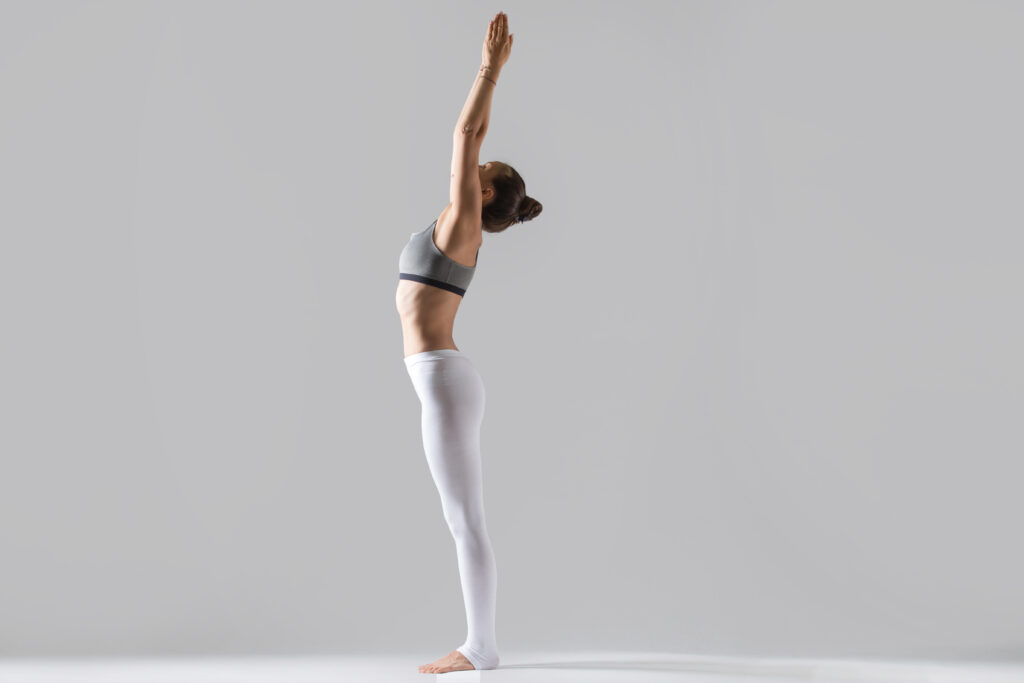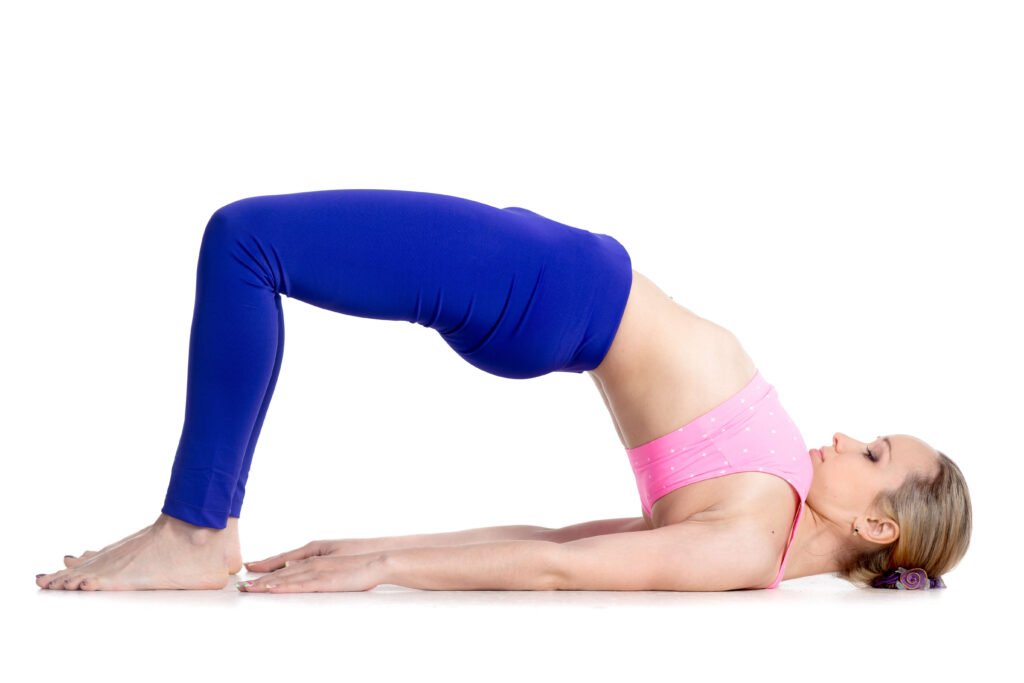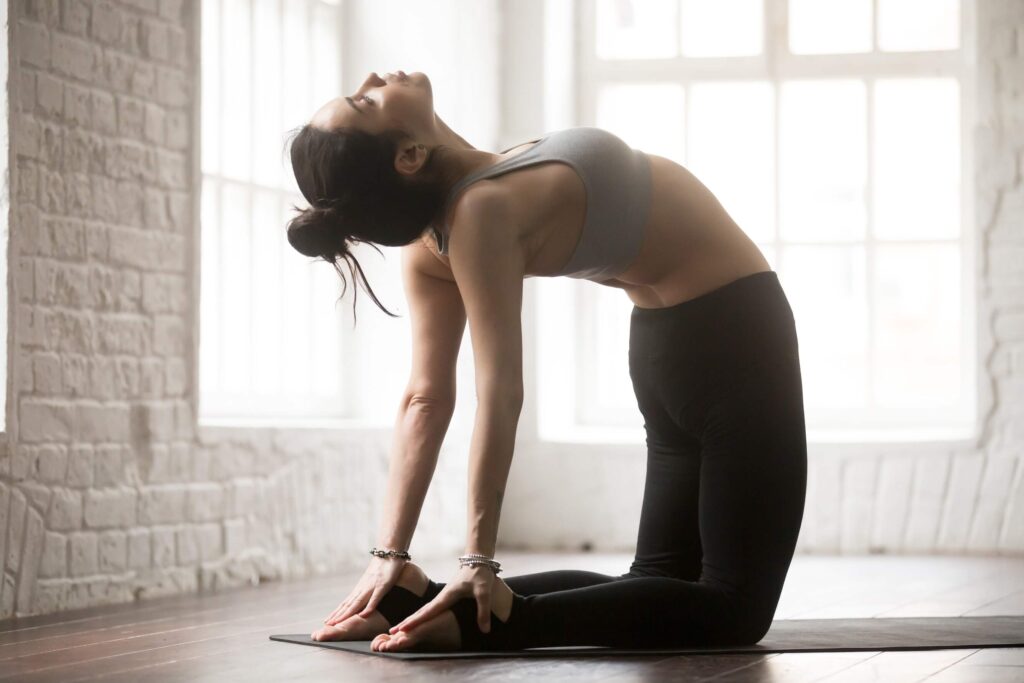The core purpose of yoga is to connect with your true nature. This practice saw its origin in the Hindu and Vedic traditions, with roots shared with another ancient art of healing: Ayurveda. This practice of Ayurveda is mainly known for adapting food, lifestyle, and therapeutic supplements to each individual’s constitution and energy imbalance. However, its scope goes far beyond that.
In this very article, we will explore how the wisdom of yoga and Ayurveda can complement each other!
What is Ayurveda?

The origin of the word Ayurveda can be taken as the science of life. Ayurveda is the science and art of cultivating healthy and happy living, knowing yourself, and what is the best way to stay balanced.
Ayurveda goes into great detail about the symptoms and medications to be prescribed and the essence of each individual. Ayurveda contrasts your energetic essence with your history and present context. This is to restore health and harmony in your life.
What Are The Doshas?
Ayurveda is based on the Doshas. These are mainly defined as the organism’s main humours or vital airs. Doshas are associated with the neutral, positive, and negative forces of nature, and each individual has a unique composition based on the mixture of these three humors: Vata, Pitta, and Kapha.
Prakriti and Vikriti: Understanding Health With Ayurveda
While we have some things that always stay the same throughout our lives, it is also true that change is the only constant. For this very reason, Ayurveda uses the terms Prakriti and Vikriti to differentiate the natal energetic constitution (Prakriti) from the constant fluctuations forced by the environment (Vikriti). Ayurveda tries to bring awareness and harmony between both Prakriti and Vikriti.
Some of the natural aspects of life that influence Vikruti are:
- Seasons and weather
- Age
- Menstrual cycle
- Lifestyle
- Everything the person perceives through the senses.
- Everything a person receives through their ‘holes’ (mouth, nose, ears, eyes, skin pores, genitals). E.g. foods, aromas, skin lotions, and sexual intercourse.
Practicing Yoga For Doshas
The ancient art of yoga has infinite resources and variants that can be adapted to the needs of each being. We will elaborate on the explanation of the doshas and the main yogic and meditative practices for each of the Doshas.
Understanding Vata Dosha

This very Dosha is related to the elements of air and weather. It is considered the primary dosha, as the other two, Pitta and Kapha, cannot move or circulate without Vata. Vata Dosha increases during autumn and early winter.
Yoga for Vata Dosha
The ideal practices for this Dosha are those with standing positions to ease grounding against excess air and weather. If one needs to balance their Vata, then consider any pose or very slow movement that helps remove lower back tension and beat constipation!
Asanas and Poses
- Tadasana (Mountain Pose)
- Vrksasana (Tree Pose)
- Balasana (Child Pose)
- Most forward bends, especially those with legs stretched

Pranayamas For Vata Dosha
Most pranayamas are very helpful for this dosha, as it’s directly related to air and breathing. The most suggested forms of breathing exercises are Nadi Sodhana, Box Breathing, and Bhramari Pranayama. While one should practice the above, there are also some that shouldn’t be practiced; these include those that stimulate heat or cold!
Understanding Pitta Dosha
It is related to the fire element and the metabolism and digestive system. It is the willpower to go for more, and people with this dosha tend to be hot-headed. This dosha increases during the spring and summer seasons!
Yoga For Pitta Dosha
When the fire is excessive, you need water and cold to tame it and spread the heat in a balanced way. The ideal yogic practices for Pitta are those that cool down the body and mind and stretch your navel area.
Asanas and Poses
- Sethu Bandha Sarvangasana (Bridge Pose)
- Dhanurasana (Bow Pose)
- Virabhadrasana (Warrior 2)
- Ustrasana (Camel Pose)
- Bhujangasana (Cobra Pose)
- Chandar Namaskar (Moon Salutation)

Pranayama For Pitta Dosha
One should practice cooling breathings such as Sitali Pranayama and Hissing Snake Breath. These techniques are also effective in controlling fever. One should also try inhaling through the nose and exhaling through the mouth open to expel the excess heat.
Understanding Kapha Dosha
Its name can be seen as the one that sticks. This dosha is related to the water and earth elements, the immune system, and all that is oily. This dosha is predominant in people who tend to gain weight easily or have a thick build. Kapha dosha increases during the winter.
Yoga For Kapha
What’s needed in the case of excessive Kapha is exercises to heat up the body and also those that help release accumulated toxins, a function that becomes difficult to achieve due to the dense elements of this dosha.
Asanas for Kapha Dosha
- Ustrasana (Camel Pose)
- Kundalini Yoga’s Stretching Pose
- Salamba Sarvangasana (Shoulder Stand)
- Adho Mukha Svanasana (Downward Dog Pose)
- Sirsasana (Headstand) or at least stretching legs on a wall
- Note: inverted poses, including Downward Dog Pose, are contraindicated for pregnant women.

Pranayama For Kapha Dosha
Use those pranayamas that enhance detoxification and mobilisation of heat in the body. One can practice Kapalabhati, also called breath of fire. It is harmful for pregnant women and may cause pain during menstruation.
Ayurveda and Yoga Meditation Techniques To Balance Mind
The very objective of meditation is to stabilise your mind. With meditation, one can explore their deeper self. Practicing regularly removes the layers of conditioning that prevent you from seeing life as it is, healing the mind, body, and spirit.
Vata Dosha Meditation
A vata imbalance often brings anxiety, distraction, and lack of focus. The activeness of the mind brings subconscious thoughts to the surface, causing the mind to wander and making meditation challenging. Chanting mantras and repetition of a word or a sound is an effective way to harness an active Vata mind. The repetition drowns out the many sounds and words that are in the mind!
Pitta Dosha Meditation
When the pitta is imbalanced, it includes anger, impatience, and perfectionism. The heart chakra, or meditation revolving around loving kindness, offers the opportunity to develop compassion. Cooling imagery and mudras also help to pacify the pitta.
Also Read: 7 Health Benefits of Meditation Practice
Kapha Dosha Meditation
Imbalance for Kapha involves heaviness and can manifest into a form of attachment to things or points in time. The meditation practice will allow us to focus on the present moment. Kirtan singing can also be a great meditation technique, as it clears emotional heaviness and strengthens the lungs, which can become congested during Kapha imbalance!
Conclusion
For those interested in deepening their yoga journey, consider enrolling in a yoga teacher training program. Rishikul Yogshala is a leading Yoga School in Rishikesh that offers many comprehensive courses like 100 Hour Yoga Teacher Training in Rishikesh, 200 Hour Yoga Teacher Training in Rishikesh, 300 Hour Yoga Teacher Training in Rishikesh and 500 Hour Yoga Teacher Training in Rishikesh! These very programs will help you master your practice and share the yogic journey with others.
Some Frequently Asked Questions On How Yoga Can Help With Doshas?
1. How Many Types of Doshas Are There in Yoga?
There are three body types—Kapha, Pitta, and Vata—that offer us insights into our personalities and physical characteristics and provide us with a better understanding of others!
2. What is the most common dosha?
Many people are primarily Vata, Pitta, or Kapha, but if you take a dosha test and explore that you have a score with two dosha types, you will likely have a combination of the two!
3. What is the best time to do yoga, according to Ayurveda?
Early morning is considered the optimal time for yoga practice. One should practice between 4-6 am when the atmosphere is subtle and is supposed to be a magic hour for yogis.
4. Can Yoga Balance Doshas?
Ayurveda helps physically and mentally by incorporating one’s Ayurvedic daily routine to balance the body’s energy and constitution. The yoga poses help to balance doshas in the body.












